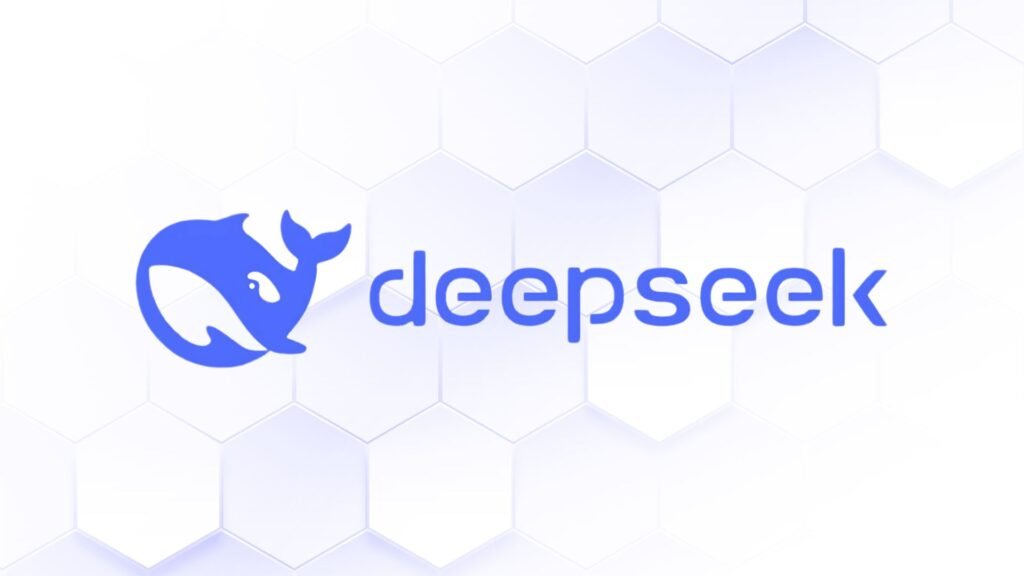
In just a few days, DeepSeek has gone from being an unknown tool to becoming the epicenter of the tech conversation. Its impact has been so great that it has shaken the main companies in the sector, generated uncertainty on Wall Street, and captured the attention of millions of users around the world.
Launched in 2023, this artificial intelligence model has evolved rapidly. Its most recent version, DeepSeek R1, has burst onto the market by offering an open-source conversational language model that competes directly with ChatGPT. In fact, many claim that it not only matches its rival but even surpasses it in certain key aspects.
What makes DeepSeek different?
One of the factors that has most surprised the industry is its efficiency in terms of cost and resources. While OpenAI required 10,000 GPUs to develop its models, DeepSeek managed its training with only 2,000 chips. In addition, its investment has been significantly lower: just 6 billion dollars, which represents 95% less than the cost of developing ChatGPT.
Besides its lower production cost, DeepSeek stands out for being cheaper to operate and having a lower environmental impact compared to other conversational AIs.
How DeepSeek works
At the user level, DeepSeek R1 operates very similarly to other AI chatbots. Anyone can access it for free by visiting chat.deepseek.com and registering with an email account, Google, or a phone number with a Chinese prefix (+86).
As with other AI platforms, users can enter a prompt in the text box and receive a precise and immediate response. It also allows follow-up questions to delve deeper into the topics consulted.
However, since DeepSeek is a technology developed in China, some experts have pointed out possible limitations regarding freedom of expression. It has been observed that when asked about sensitive political topics in the Asian country, the AI responds ambiguously or avoids the discussion.
Is it more powerful than ChatGPT?
DeepSeek has been trained with a combination of existing conversational models, including ChatGPT, Meta’s Llama, and Google Gemini. According to its developers, its LLM model has demonstrated superior performance in areas such as programming, advanced mathematics, and university-level sciences.
A key aspect is that DeepSeek R1 is open source, which means anyone can modify, adapt, and use it to develop their own applications. This approach democratizes access to artificial intelligence and opens new possibilities for developers and companies. However, unlike DeepSeek and Llama, OpenAI and Google have kept their most advanced models in closed environments.
An accessible and affordable AI model
One of DeepSeek’s greatest advantages is its ultra-low operating cost. Not only is it free for users on its web platform, but its API is much more affordable compared to its main competitors.
For example, using one million tokens in the DeepSeek API costs only $0.14, while the same amount in OpenAI’s GPT-4 model costs $7.50. This difference has led to a mass migration of developers seeking accessible solutions for their projects.
Additionally, DeepSeek’s maintenance costs are significantly lower than those of ChatGPT. It is estimated that OpenAI spends around $700,000 per day on servers, which means annual losses of up to $500 million. In contrast, DeepSeek requires only a tenth of that amount to remain operational.
The unstoppable rise of DeepSeek
The popularity of DeepSeek has grown at a dizzying pace. Its mobile app has already reached first place in downloads on Apple’s App Store, surpassing ChatGPT and consolidating its presence in the global market.
The success of this AI model has generated concern in the United States, where the government has begun to analyze the impact of DeepSeek on the country’s technological hegemony. China, which has been a strong competitor in artificial intelligence, now has a tool that could redefine the future of the sector.
DeepSeek has proven to be a disruptive alternative in the world of artificial intelligence. Its open-source model, low cost, and operational efficiency have challenged the giants of the sector. As more companies and developers adopt this technology, the AI landscape could change dramatically in the coming years.
Will DeepSeek be able to establish itself as the future of AI? Only time will tell.